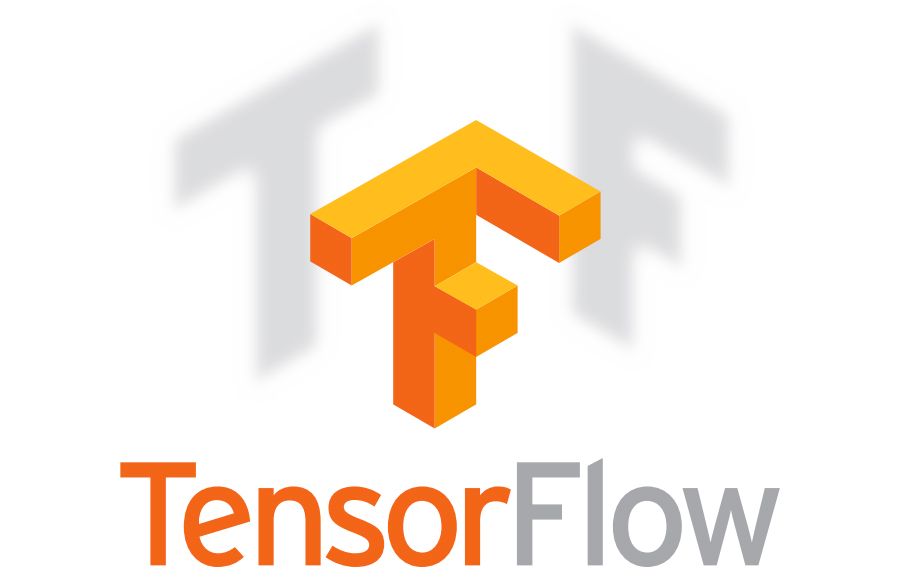Many of Google's most important products reply upon making computers behave more like people. Whether you're talking about speech recognition or the new Smart Reply feature of Inbox, you need a machine to understand abstract concepts. Google makes this happen with a machine learning system called TensorFlow, and today the company has decided to open source this platform so anyone around the world can use it for research and product development.
TensorFlow is Google's second-generation machine learning platform, a followup to the original DistBelief engine. Google used DistBelief to make speech recognition work better and build image search into Google Photos, but it was not very scalable as a neural network and was tightly integrated with Google's internal infrastructure. That made it impractical to share code with researchers or other companies.
TensorFlow was built to avoid these issues. It's portable, comes with its own set of easy-to-use tools, and it can run on anything from a cluster of powerful servers to a smartphone. Right now, TensorFlow powers speech recognition in the Google app, visual search in Photos, and Smart Reply in Inbox.
TensorFlow is now available to download under the Apache 2.0 license (just like Android), so anyone can use it to build cool things. Google stresses that TensorFlow is ideal for research and product development because the two can be one and the same. A concept that is developed as part of a research project in TensorFlow can be used in a consumer-facing product without a complete rewrite of the core code. And if someone uses TensorFlow to make something Google finds useful, all the better.
Source: Google Blog, TensorFlow

